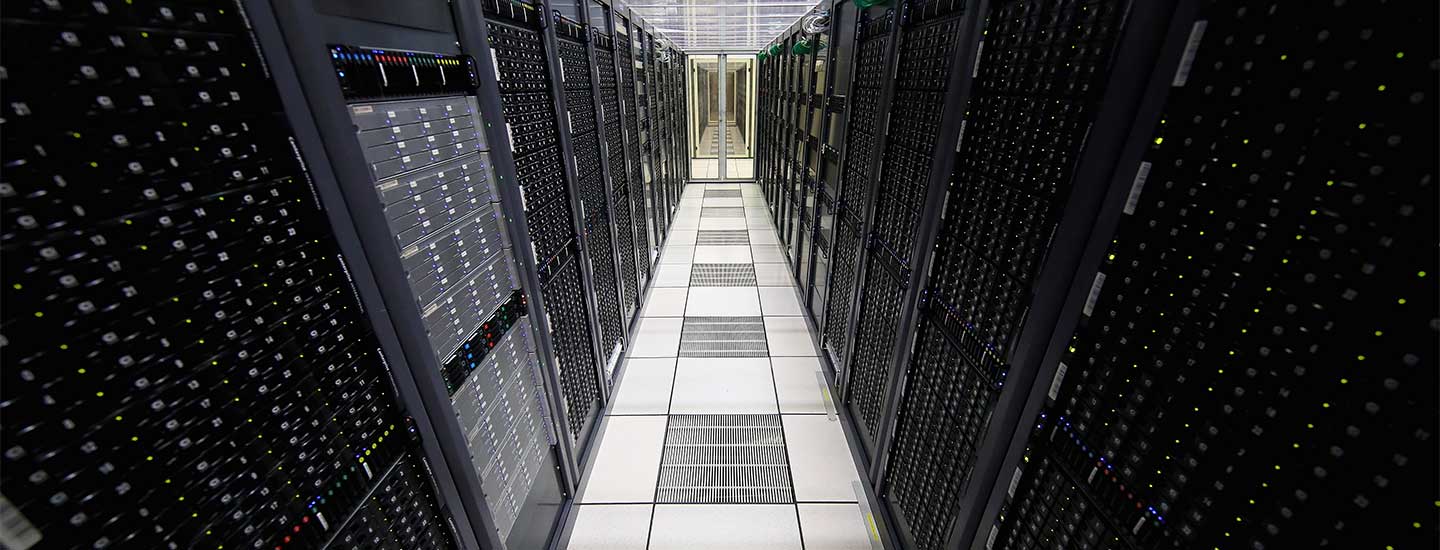A high-performing network is the backbone of any modern business. Internet connectivity, software and hardware functionality, and security are key components to keeping your employees productive and your business successful.
Network infrastructure comprises everything involved with computing data and communicating between your company’s devices, applications, servers and more. It is made up of two categories: physical components and network software.
The physical components of a network infrastructure can include, but are not limited to employee devices (like cell phones and computers), servers, wireless routers, cables and switches. The network software can include: network operations and management, operating systems, firewalls and network security applications.
Essentially, your network infrastructure is the pillar of your IT ecosystem involved with digitally transmitting information and keeping your system online.
You can see why network infrastructure is vital to your business—but is yours performing optimally? Ask these questions to find out.
How to Assess Your Network Infrastructure
When you’re determining whether your network infrastructure is up to task, ask yourself the following questions.
1. Is there an easy way to see network activity?
Is there a central place you can log in to see security events, irregular or suspicious activities, and incident responses? Having a pulse on this type of network activity can improve security and overall network performance.
2. Can you verify how strong your network security is?
Speaking of security, is your network safe from cyberattacks? How do you know?
Strong network security should allow you to manage user access, authenticate users, isolate networks, and secure operating systems, VMs, applications and network traffic.
If you can’t say with certainty that your network offers effective protections against hackers, while simultaneously providing necessary employee access, you could be putting your data in harm’s way.
3. Is your network effectively balanced?
Do your network operations efficiently distribute demands among computers, networks and servers to better manage workload?
If not, you could see serious lagging, application crashes and other productivity-zapping issues.
4. What kind of recovery options exist on your network?
Localized hardware failures can happen even during standard business operations. In the event of such a failure, is your network set up to provide backup replication and data recovery?
Without this foresight, a hardware issue can result in your employees losing important data and throttling overall productivity.
5. How much automation does your network use?
It may seem like your network setup is largely automated, but have you considered how much manual work is actually involved?
Especially when it comes to replicable processes, there’s no reason modern network infrastructure can’t automate the arrangement, coordination and management of your computer systems.
If you’re not operating on a highly automated network, you’re missing opportunities for your IT staff to become more efficient.
Is it Time to Offload Your Network Infrastructure?
It might be time to select a highly qualified vendor who offers infrastructure as a service (IaaS). IaaS offers an easy, fast and cost-effective alternative to building out and managing your own data center.
By allowing you to save on the cost of servers and networking hardware, IaaS is an ideal solution for temporary or experimental workloads.
Furthermore, a high-quality IaaS vendor will offer detailed billing with no hidden costs. You’ll know exactly what you’re paying for and be able to make the best decision for your business.
If you’re interested in learning more, contact us today.


